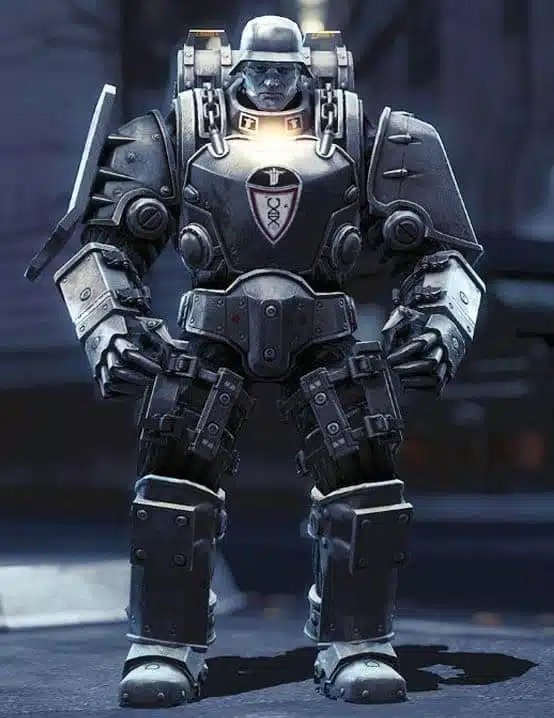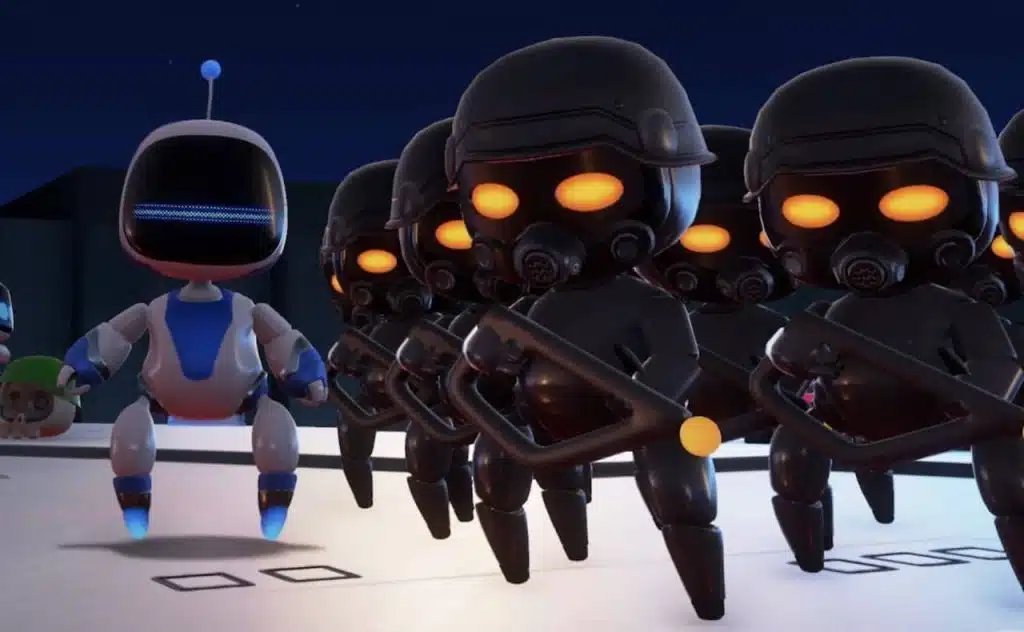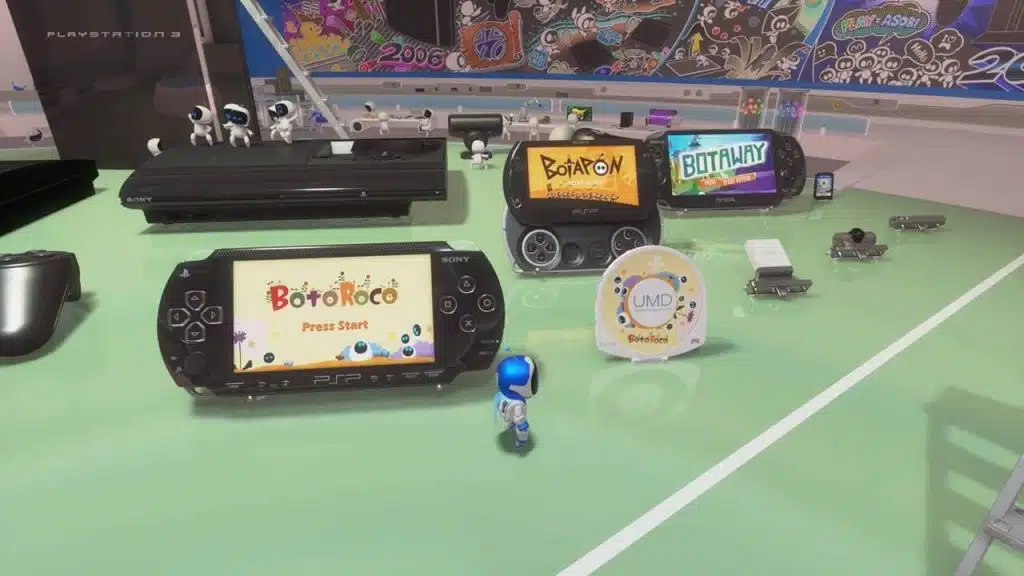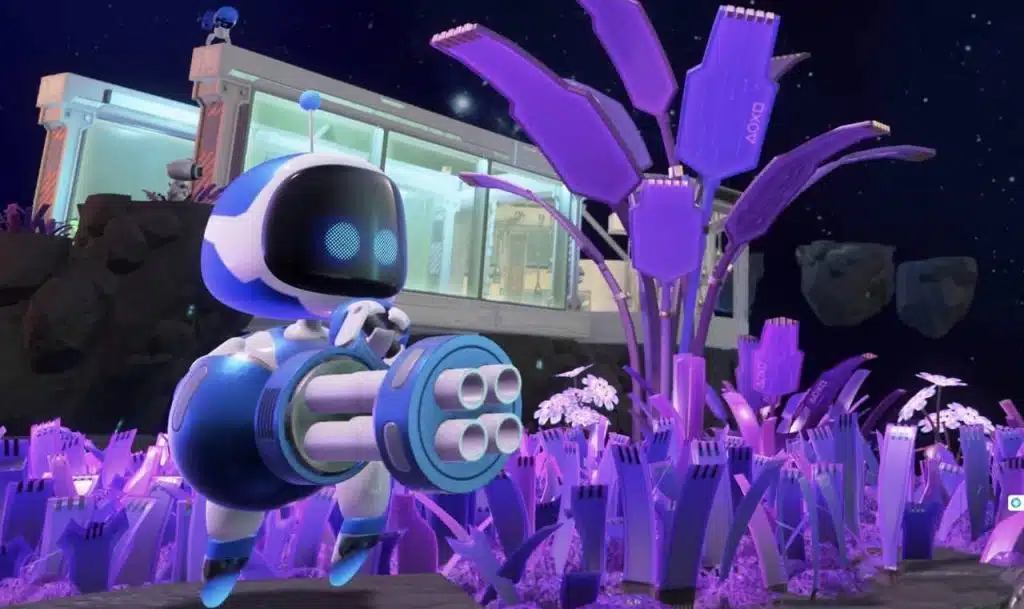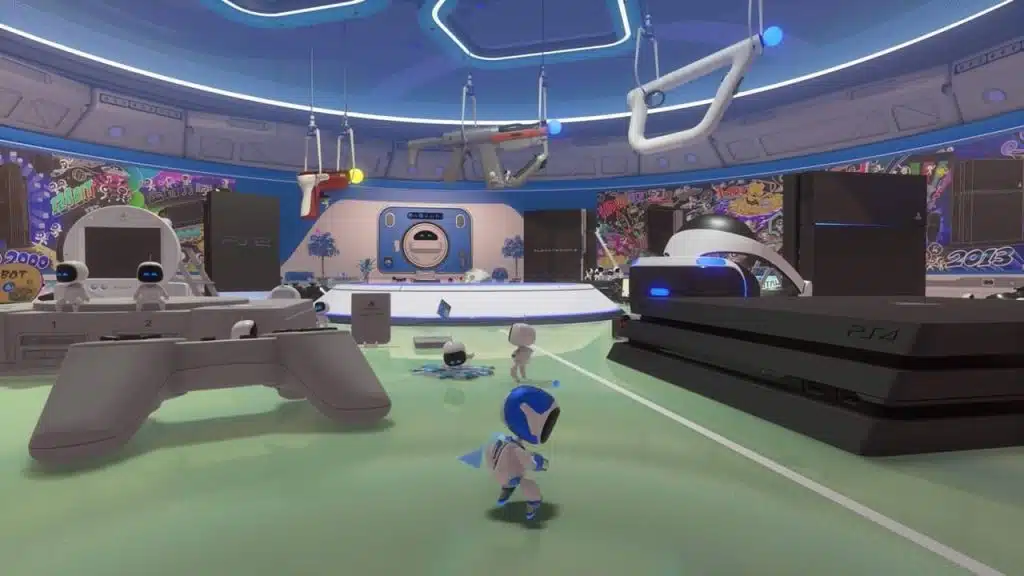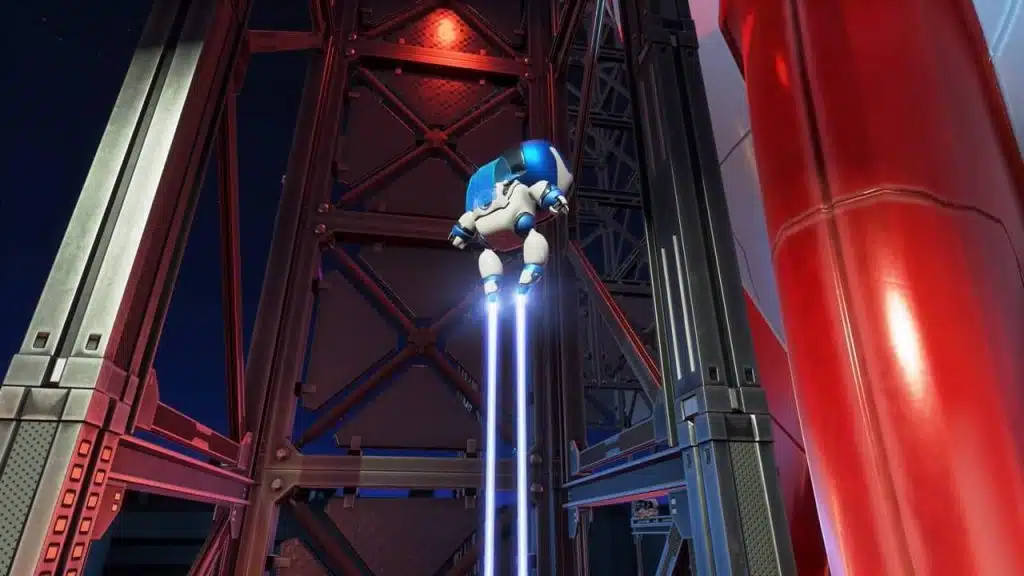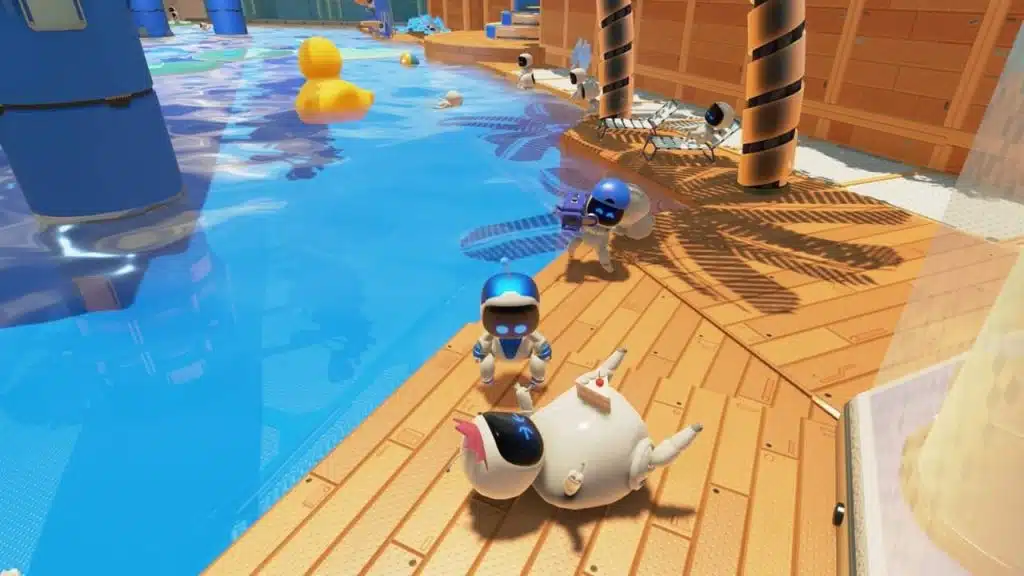The Last of Us Remake for PlayStation 5: Review Part 1
Title: The Last of Us Part I Remake
Developer: Naughty Dog
Publisher: Sony Interactive Entertainment
Released: September 2, 2022
Platform Reviewed: PlayStation 5
Platforms Available: PlayStation 5, PC
Article Reading Time: 17 minutes
#1: Long-Awaited Revival of Last Of Us Part 1 (2022)
Stepping into the remastered world of “The Last of Us Part 1” for the PlayStation 5 in our 2-part review, I’m immediately struck by the sheer leap in visual and auditory fidelity. It’s a transformation that breathes new life into this post-apocalyptic saga’s familiar yet hauntingly desolate landscapes. The integration of raytracing, 4K upscaling, and 3D sound doesn’t just enhance – it revolutionizes the player’s experience, immersing them in a world where every detail, from the subtlest ray of light to the distant echo of a crumbling city, contributes to an enveloping sense of realism.

The characters, the beating heart of this epic tale, have undergone a profound transformation. The redesigned faces of Tess and Bill, aligning more closely with their voice actors, infuse a deeper level of authenticity into their personas. This attention to detail in character design transcends cosmetic enhancement; it’s a step towards bridging the gap between digital and natural, making their struggles, emotions, and journey feel more tangible and heartfelt.
However, amidst these advancements, the gameplay mechanics, although polished, bear the weight of the original’s legacy. The unchanged framework, particularly evident in the jumping mechanics, feels at odds with the game’s visual progressiveness. These moments, though few, are stark reminders of the game’s origins and highlight areas where innovation could have propelled the experience further.
Despite these lingering shadows of the past, the Remake stands tall as a beacon of technological prowess in the gaming industry. The union of groundbreaking visual and audio enhancements with the profoundly engaging story of “The Last of Us” is challenging the potential of modern gaming.
#2: Our Beloved Characters
The true essence of a character in a game lies in their actions or dialogue in the subtleties of their expressions and the depth of their emotions conveyed through each facial movement. This is where “The Last of Us Part 1” remake on PS5 truly shines a lot.
The faces of Tess and Bill, now closely mirroring their voice actors, bring a newfound authenticity to the stage of the story. It’s as if the characters have stepped out of the digital realm and into reality. Sarah’s redesigned features and the nuanced alterations in Joel and Ellie’s appearances go beyond cosmetic changes. They reflect the evolution of their stories, the emotional weight of their journey, and the passage of time.

This reinvention of characters extends to the smallest of details. Subtle changes in expressions during critical moments add layers of emotional depth. The furrow of a brow, a faint smile, a glance filled with fear or determination – these are the details that transform the characters from mere digital constructs into believable, relatable individuals.
Such meticulous attention to character design elevates the tension and enhances the player’s emotional investment in the story, making every decision, every loss, and every triumph feel intensely personal. This chapter is a tribute to the artistry and technology that have merged to bring these characters to life in an unprecedented way in the series.

#3: From Old to New, But Really?
In “The Last of Us Part 1” remake for PS5, gameplay mechanics receive a treatment that’s a mix of reverence for the original and a nudge towards modern sensibilities. It’s a delicate balance, maintaining the essence that fans love while injecting elements that resonate with today’s gaming expectations.
The gameplay’s core remains unchanged, true to the strength of the original design. This consistency provides a familiar ground for fans of the original game. However, this fidelity to the original also means that certain aspects, like the platforming and puzzle-solving elements, retain their original simplicity and limitations.
But it’s in the details where the Remake really differentiates itself. Close combat feels more fluid and responsive, with more refined and brutal animations reflecting the harsh reality of the game’s world. The way characters move and interact with the environment has been subtly enhanced, lending a more natural feel to navigation and exploration.
What’s particularly commendable is the Remake’s approach to accessibility. By incorporating a range of options designed to make the game more accessible to players with different needs, the Remake broadens its appeal without diluting the core gameplay experience. These features are seamlessly integrated, ensuring that they enhance rather than distract from the gaming experience.
#4: Crafting a Post-Apocalyptic World Again
In the PS5 remake of “The Last of Us Part 1,” the environment plays a crucial role in storytelling. The post-apocalyptic world is not just a backdrop for the narrative; it’s a character in its own right, teeming with stories told through crumbling buildings, overgrown streets, and abandoned relics of a world that once was.
The graphical enhancements of the PS5 bring a new level of depth to these environments. The attention to detail is meticulous – from how light filters through broken windows to the realistic textures of rusted cars and weathered buildings. This heightened realism makes the world more immersive, inviting players to explore and discover the hidden stories.
The level design has been carefully crafted to guide players through the game. Each location is more than a setting for the subsequent encounter or puzzle; it’s a piece of the story, offering insights into the world’s downfall and the lives of those who inhabited it. This design choice enriches the gaming experience, turning exploration into a journey of discovery.
However, while the Remake excels in visual storytelling, it also inherits some of the original game’s limitations. The environments, though stunning, occasionally lack interactivity. This missed opportunity for more dynamic interactions limits the potential depth of immersion.

#5: Enemy Dynamics: A New Breed of Threat
The game introduces an evolved approach to enemy dynamics, significantly altering the player’s combat experience. This evolution is most evident in the behavior of the Clickers and Stalkers, two of the game’s most iconic adversaries.
Clickers, the game’s notorious blind infected, have undergone a transformation. In the original, their threat was formidable but predictable. In the Remake, they are faster, more aggressive, and use echolocation more effectively. This change makes encounters with Clickers a more intense experience. Their heightened aggression and speed force players to rethink their strategy, shifting from the original’s stealth-focused approach to a more dynamic and reactionary one.
Stalkers, another enemy type, also receive a notable update. In the original game, they were aggressive but straightforward in their attacks. The Remake enhances their AI, making them more cunning and unpredictable. They now observe from a distance, only engaging when the player is within reach, adding a new layer of tension to their encounters.
These changes in enemy AI do not just make for more brutal battles; they enrich the gameplay by requiring players to adapt and think independently. However, these improvements also highlight some inconsistencies. The new behaviors, designed with the fluid mechanics of the sequel in mind, occasionally clash with the more rigid framework of the original. This clash is particularly noticeable in higher-difficulty settings, where strategic planning is crucial.
#6: Arsenal Evolution: Reforging the Tools
The arsenal and weapon upgrade system receive significant enhancements, adding a new layer of depth to the combat experience. This chapter delves into these changes, examining how they impact gameplay and player strategy.
The Remake expands the weapon upgrade system, offering a more comprehensive range of options. Each weapon now boasts multiple upgrades, extending beyond the original’s capabilities. For instance, reload capacity and firing rate can be incrementally improved, allowing players to tailor weapons to their playstyle more precisely. This granularity in weapon customization adds to the gameplay depth and encourages players to engage more with the game’s resource management aspect.

The process of upgrading weapons is a meticulous affair. The animations associated with weapon modifications are detailed and varied. When Joel is working on a gun, the player can see him disassembling and reassembling parts, adjusting components, and making tangible modifications. Some animations are quick and practical, while others are lengthier, reflecting the complexity of the upgrade. This attention to detail enhances the immersion, making upgrading weapons feel more tangible and rewarding.
However, it’s about more than just the visual and mechanical upgrades. The Remake’s arsenal changes also impact the combat dynamics. Players can adapt to the enhanced enemy AI more effectively with more versatile weapons. The expanded options allow for a broader range of combat strategies, catering to different playstyles, whether it’s a stealthy approach or a more confrontational one.
#7: Post-Apocalyptic Dynamics”
The environmental design plays a crucial role in creating an immersive post-apocalyptic world. This chapter delves into how the game’s settings are not just passive backdrops but active elements that contribute significantly to the gaming experience.
In the Remake, the environments are meticulously detailed, showcasing the power of the PS5. The enhanced graphics render every ruin, every overgrown street, and every dilapidated building with striking realism. This attention to detail is not just for visual appeal; it plays a vital role in storytelling. The environments convey the passage of time and the impact of the pandemic, telling silent stories of the world that were and the desolation that followed.
However, the game does more than visually enhance these environments; it integrates them into the gameplay mechanics. For instance, how light filters through broken windows or how water flows in a flooded street isn’t just aesthetically pleasing and affects how players navigate and strategize within the game. These elements can reveal hidden threats or provide cover, influencing the player’s approach to exploration and combat.
The Remake also introduces more interactive elements within the environments. While the core locations remain faithful to the original, added details like destructible barriers and interactive objects allow for a more dynamic experience. These additions encourage players to explore and interact with the world more deeply, discovering resources and secrets that add to extra to the gameplay.
Despite these enhancements, there are opportunities for further interaction that could be improved. While visually stunning, the environments often retain the original game’s corridor-like structure, limiting the player’s ability to fully engage with them. This constraint is a reminder of the game’s origins and adherence to the original framework.





#8: AI Evolution of Enemy Encounters
In the “Remake,” the enemy AI and their behavior patterns present an intriguing aspect of the game’s evolution. This chapter explores how the enemy encounters have been enhanced, contributing to a more challenging and immersive experience.
It also brings noticeable improvements to enemy AI, making them more unpredictable and challenging. Clickers and Stalkers, the game’s iconic infected enemies, are faster and more aggressive. Their behavior is more dynamic, employing strategies like flanking and coordinated attacks, significantly heightening the game’s tension and difficulty. This change in AI behavior demands players to adopt more strategic approaches to combat rather than relying on the patterns familiar from the original game.
Particularly notable is the evolution of the Clickers. In the original game, they were formidable yet somewhat predictable foes. In the Remake, they use echolocation more frequently and effectively, making stealth a more challenging and essential aspect of gameplay. The Stalkers, too, have undergone a transformation. They now observe and stalk the player from a distance, only attacking when the player gets too close or provokes them. This change adds a layer of psychological suspense to the encounters, as players must be constantly aware of their surroundings.
However, these enhancements in AI behavior occasionally clash with the game’s original design elements. For instance, the more aggressive AI in the Remake sometimes feels constrained by the game’s linear level design, built around the original’s more straightforward enemy patterns. This discrepancy can lead to moments where the game’s challenge feels artificially inflated rather than organically integrated.

#9: A World Reborn
The environments are nothing of static backdrops; they are dynamic elements that contribute significantly to both the narrative and the gameplay experience. This chapter explores how the enhanced environmental design in the Remake adds depth and realism to the post-apocalyptic world.
The first striking aspect of the remade environments is their visual fidelity. The leap in graphical quality from the original game is immense. Textures are more detailed, lighting is more natural, and the overall atmosphere is more immersive. This visual enhancement is not just cosmetic; it actively contributes to the storytelling. Ruined cities, overgrown with nature, tell a story of a world that has moved on from humanity. Each location is filled with remnants of the past, from abandoned homes to deserted streets, evoking a sense of loss and nostalgia.
The level design has also seen improvements. While the core layout of the areas remains faithful to the original, subtle changes have been made to enhance exploration and interaction. The environments are more open, offering multiple paths and encouraging players to explore. This openness not only adds to the realism of the game world but also provides more strategic options in combat and survival scenarios.
Environmental interactivity has been enhanced as well. Players can now interact with more objects, from opening drawers to moving obstacles. These small interactions add to the world’s believability and provide a deeper level of immersion.
One area where the game could have pushed further is in environmental reactivity. While the world is beautifully rendered and offers more significant interaction, it still lacks a certain level of dynamism. The environment rarely reacts to the player’s actions, missing an opportunity to make the world feel truly alive.

#10: Emotions in Movement and Expression
In “The Last of Us Remake,” the animation is pivotal in bringing the characters and the world to life. This chapter delves into how advancements in animation have enriched the game’s overall experience.
The Remake has significantly upgraded the animations, making them more fluid and realistic. These improvements are most noticeable in the characters’ facial expressions and body movements. The facial animations are particularly striking, with each wrinkle, smile, or frown adding depth to the characters’ emotions. This level of detail in facial expressions allows for a more nuanced portrayal of characters, enhancing the storytelling by conveying unspoken feelings and thoughts.
Body movements are also more natural and responsive. The way characters interact with the environment, such as climbing over obstacles or sneaking through tight spaces, feels more believable. Combat animations have received a notable upgrade, with more varied and realistic movements. This makes the combat more visually engaging and impacts gameplay, as players need to adapt to the more dynamic movements of both allies and enemies.
However, the animations have their shortcomings. Some legacy issues from the original game persist, like specific repetitive motion patterns that can break the immersion. While these moments are few, they are noticeable in contrast to the otherwise high standard of animation.
In combat, the improved animations add a new layer of strategy. Enemies react more realistically to being hit, and the enhanced animations provide more evident cues for players to respond to. This makes combat encounters more intense and rewarding, as players need to be more observant and reactive.
#11: Enriching the Core Story
The gritty story of “The Last of Us” has always been its strongest suit, and the Remake takes this to a new level. The story remains unchanged, but the way it is presented benefits significantly from the technological advancements of the PS5. Enhanced graphics and animations bring a new depth to the characters and settings, making the story more immersive and emotionally impactful.
The script has been carefully revised to suit the enhanced visuals and audio capabilities. Dialogue delivery is more natural, thanks to the improved voice acting and facial animations. This improves the emotional depth of the characters, making their struggles and relationships more relatable and impactful.
Environmental storytelling is another aspect where the Remake excels. The game’s world is rich in details that tell their own stories. Every element adds to the narrative, from the remnants of life in abandoned buildings to how nature reclaimed the cities, creating a believable post-apocalyptic world.
One of the most significant improvements in the Remake is how the story addresses the original game’s themes. Issues like survival, moral ambiguity, and the human cost of a decimated world are presented with greater depth and nuance. The game challenges players to think about their decisions and consequences, adding a layer of moral complexity to the gameplay.
#12: Orchestral: The Sound of the End
In the Remake, the sound design takes a significant leap forward. 3D audio on the PS5 platform creates an immersive soundscape that significantly enhances the player’s sense of place and urgency. Sounds play a crucial role in gameplay, with the direction and distance of noises helping players navigate the dangerous world and detect threats.
The music in “The Last of Us Remake” remains excellent, but the same. The compositions are masterfully crafted, balancing haunting melodies and tense rhythms reflecting the game’s emotional journey. The soundtrack complements the visual upgrades, adding depth and amplifying critical moments in the story.
The game employs music strategically to underscore pivotal scenes and enhance the mood during exploration and combat. This careful use of music helps to create a more emotionally engaging experience, drawing players deeper into the game’s world.
Moreover, the Remake leverages the PS5’s capabilities to deliver more transparent and dynamic audio. This enhances the realism of the game world, from the rustle of leaves in an abandoned city to the distant growls of infection; each sound adds to the game’s tense atmosphere.
However, while the audio enhancements are notable, they don’t fundamentally change the game’s original score. The familiar tracks are reinvigorated but remain faithful to the original composition, providing a sense of continuity for those who have played the original game.

#13: Accessible Apocalypse: Gaming for Everyone
One of the most commendable aspects of the Remake is its extensive array of accessibility features. These features accommodate players with different needs, including visual, auditory, and motor disabilities. The game offers customizable controls, subtitles with adjustable sizes and colors, and audio descriptions, among other options. This level of customization ensures that more players can enjoy the game without barriers.
The Remake also includes a variety of difficulty settings, allowing players to tailor the gameplay experience to their preferences and skill levels. This isn’t just about making the game more accessible for those who want a more casual experience; it’s about making it accessible to those who might find the standard difficulty settings prohibitive.
Another notable feature is the attention to auditory cues and haptic feedback. For players with visual impairments, the game provides enhanced sound cues that help navigate the game world and detect threats. The haptic feedback on the PS5 controller adds another layer of sensory input, aiding players in understanding their environment and the game’s context.
Despite these advancements, some players have noted areas where the Remake could improve regarding accessibility. For instance, more detailed customization options for specific types of color blindness could enhance the experience for affected players.
…And a Little Break Now
Guys, this is it for now with Ellie and Joel. Next time, we will tell you something funny we found. What will be our verdict on the Remake, you think?
Jump on the second part of the Last of Us Part 1 Remake Review, or read our other recent review of another fantastic but different survival horrors – The Quarry or Callisto Protocol.





















